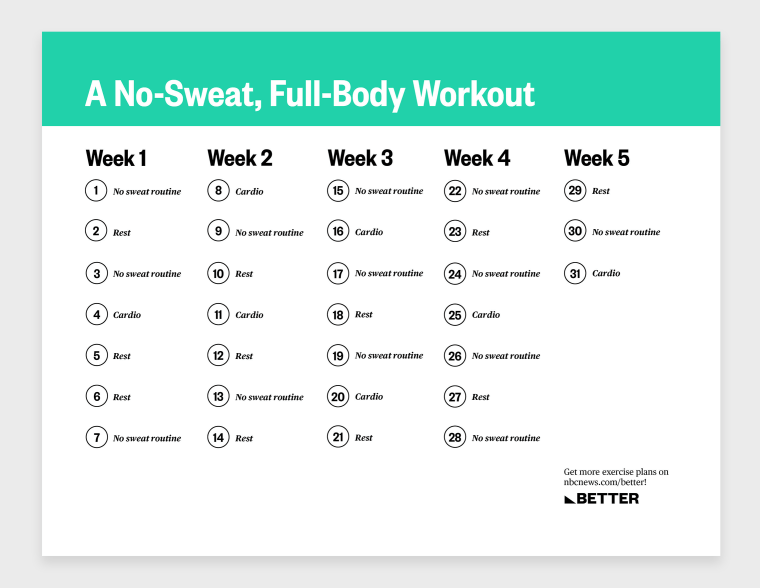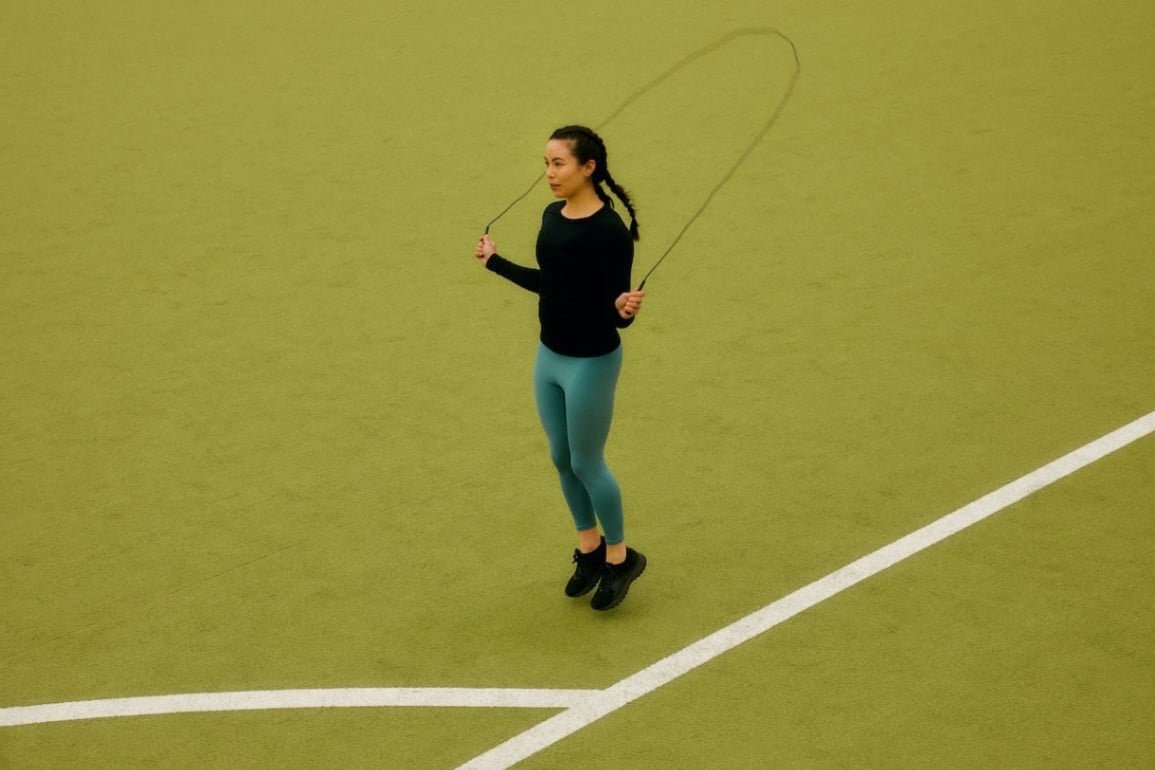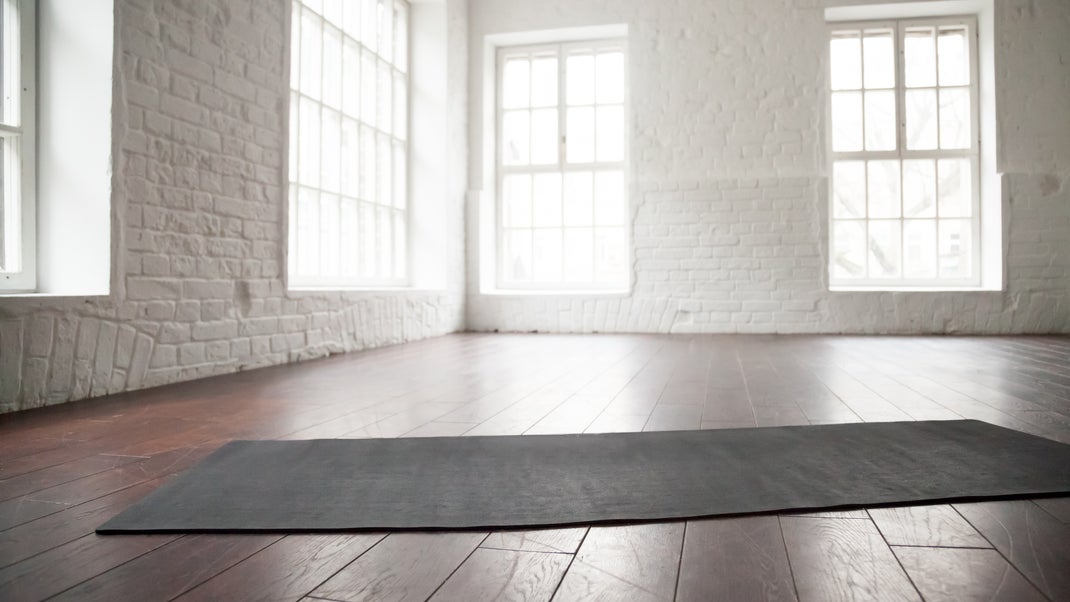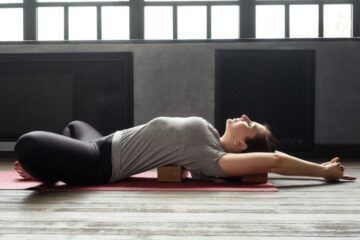Looking for a daily yoga routine for your busy schedule at home? Try these quick and effective yoga poses to help you stay active and centered.
With just a few minutes each day, you can reap the benefits of yoga, even with a hectic lifestyle. Incorporating a short yoga routine into your daily schedule can help relieve stress, improve flexibility, and boost your overall well-being.
So, let’s explore some simple and time-efficient yoga poses that you can easily practice at home, even when you’re short on time.
These poses will help you maintain a healthy mind and body, no matter how busy your day gets.
Benefits Of Daily Yoga
Yoga offers a plethora of benefits, making it an incredibly worthwhile practice to incorporate into your daily routine. From physical health improvements to enhanced mental well-being, embracing daily yoga can significantly impact your life. Here, we’ll explore the various benefits of committing to a daily yoga routine, even with a busy schedule at home.
Improve Physical Health
Regular yoga practice helps in improving flexibility, strength, and balance. By including a variety of poses and movements, yoga enhances muscle tone, joint health, and overall physical endurance.
Enhance Mental Well-being
Yoga aids in stress reduction, promoting relaxation, and mental clarity. Engaging in deep breathing techniques and mindfulness during yoga sessions helps alleviate anxiety, improve mood, and foster emotional balance.
Choosing The Right Time For Yoga
When integrating yoga into a busy schedule, choosing the right time for your practice is crucial. By understanding the benefits and considerations, you can tailor your routine to ensure maximum efficiency and effectiveness.
Morning Vs. Evening
Consider the advantages of practicing yoga in the morning versus the evening. Morning yoga can provide a refreshing start to the day, invigorating the body and mind. On the other hand, evening yoga can serve as a way to wind down, release tension, and prepare for a restful sleep.
Finding Consistency
Consistency is key when establishing a daily yoga routine. Whether it’s morning or evening practice, finding a consistent time that aligns with your schedule is essential. This predictability forms a habit, promoting long-term commitment and success in your yoga journey.
Creating A Yoga Space At Home
Even with a busy schedule, it’s possible to incorporate a daily yoga routine into your life by practicing at home. One of the key elements to establish a successful home yoga practice is to create a dedicated yoga space. Having a designated area for your yoga practice can help you cultivate focus, peace, and tranquility within your home environment. In this section, we will explore how to select a quiet area and decorate your yoga sanctuary to enhance your practice.
Selecting A Quiet Area
When it comes to selecting a quiet area for your home yoga practice, it’s important to consider a few key factors. Firstly, choose a space in your home that is relatively quiet and free from distractions. This could be a spare room, a corner of your bedroom, or any area where you can find solitude. Ensure that the space allows for enough room to comfortably move and stretch.
Your selected area should also have good lighting. Natural light is ideal as it promotes a calming and uplifting atmosphere. If natural light is limited, consider adding soft, ambient lighting or using dimmers to adjust the brightness. Remember, the lighting should be gentle on the eyes and conducive to a peaceful practice.
Decorating Your Yoga Sanctuary
Your yoga space should reflect your personal taste and preferences while creating a serene ambiance. Here are some ideas to help you decorate your yoga sanctuary:
- Choose a soothing color palette: Opt for calming colors such as pastel shades, earth tones, or whites that promote relaxation and tranquility.
- Add plants and greenery: Incorporating indoor plants not only enhances the aesthetics but also purifies the air and infuses the space with fresh energy.
- Use natural materials: Select yoga props and accessories made from natural materials like cork or jute. This can create a more eco-friendly and grounding environment.
- Hang inspirational artwork or quotes: Displaying inspiring images or motivational quotes can help set the intention for your practice and create a positive mindset.
- Create a clutter-free space: Ensure your yoga sanctuary remains free of unnecessary clutter. Use storage bins or baskets to keep props and equipment organized.
- Choose calming scents: Consider using essential oils, candles, or incense to create a soothing aroma that helps to relax the mind and body.
By following these tips, you can transform any corner of your home into a serene sanctuary for your daily yoga practice. Remember, your home yoga space should be a reflection of your inner journey and provide a harmonious setting that inspires and supports your practice.
Essential Yoga Equipment
Discover the essential yoga equipment needed for a daily home routine, perfect for those with busy schedules. Maximize your time and achieve inner peace with the right tools to enhance your practice.
Mats And Props
Incorporating yoga into your daily routine can greatly benefit your physical and mental well-being. While the practice itself requires minimal equipment, there are a few essential yoga items that can enhance your experience and provide support.
One of the most important items is a yoga mat. A good quality mat provides traction, cushioning, and stability to help you hold poses comfortably. Look for a mat that is sticky enough to prevent slipping but not overly sticky to restrict your movements.
Additionally, yoga props such as blocks, straps, and bolsters can be helpful for beginners and experienced practitioners alike. These props aid in proper alignment, deepen stretches, and provide support during relaxation poses.
Choosing The Right Apparatus
When it comes to choosing your yoga equipment, it’s essential to consider your personal preferences, body type, and the type of yoga you’ll be practicing. Here are a few factors to keep in mind:
- Thickness: Mats come in various thicknesses, typically ranging from 1/16 inch to 1/4 inch. Thicker mats offer more cushioning, making them suitable for those with sensitive joints. Thinner mats are lightweight and easier to carry, ideal for frequent travel.
- Material: Yoga mats are commonly made of PVC, natural rubber, or TPE (a non-toxic, eco-friendly material). PVC mats are affordable and durable, while natural rubber mats offer excellent grip and eco-consciousness. TPE mats are lightweight and hypoallergenic.
- Size: Consider the length and width of the mat to ensure it allows enough space for your body. Mats typically come in standard lengths of 68 or 72 inches, and widths between 24 and 26 inches.
When it comes to props, choose ones that suit your needs and the type of yoga you practice. Blocks made of foam or cork provide stability during standing poses, while straps assist in deepening stretches and improving flexibility. Bolsters are great for restorative and yin yoga, offering support and relaxation.
Sample Daily Yoga Routine For Busy Schedules
Streamline your day with a quick and effective daily yoga routine for busy schedules at home. This simple yet invigorating practice will help you find balance, reduce stress, and boost your energy levels, leaving you feeling refreshed and centered. Whether it’s a few minutes or longer, this routine is tailored to fit into your busy lifestyle.
Warm-up Exercises
Start your daily yoga routine with a few warm-up exercises to prepare your body for the practice ahead. These exercises help you loosen up your muscles and increase blood flow to the areas you will be working on during your yoga session. Spend about 5-10 minutes performing these warm-up exercises:
- Morning stretches
- Neck rolls
- Shoulder rolls
- Arm circles
- Spinal twists
Asanas For Strengthening
Once you are warmed up, it’s time to move on to asanas or yoga poses that focus on strengthening your body. These poses not only help build muscle strength but also improve your overall stamina and body awareness. Incorporate these asanas into your routine for a well-rounded workout:
- Plank pose
- Warrior poses
- Chair pose
- Downward-facing dog
- Bridge pose
Balance And Flexibility Poses
Next, engage in balance and flexibility poses to challenge your body and improve your core stability. These poses help develop focus, coordination, and agility. Include the following balance and flexibility poses in your routine:
- Tree pose
- Triangle pose
- Standing forward fold
- Cobra pose
- Seated forward bend
Breathing And Meditation Techniques
Now, shift your focus to breathing and meditation techniques to calm your mind and find inner peace. These practices help reduce stress, improve mental clarity, and enhance overall well-being. Incorporate the following techniques into your routine:
- Deep belly breathing
- Alternate nostril breathing
- Mindful breathing
- Guided visualization
- Loving-kindness meditation
Relaxation And Savasana
Finally, wind down your yoga routine with relaxation and savasana, also known as corpse pose. This is the time to let go of any tension or stress and completely relax your body and mind. Spend a few minutes in savasana, allowing your body to fully absorb the benefits of your practice before you continue with your day.

Credit: www.nbcnews.com
Frequently Asked Questions Of Daily Yoga Routine For Busy Schedules At Home
Which Yoga Is Best For Daily Routine?
The best yoga for daily routine is Hatha yoga. It combines postures, breathing exercises, and meditation. It promotes physical strength, flexibility, and mental well-being. This practice is suitable for all levels and can be easily incorporated into daily life.
How Can I Practice Yoga Daily At Home?
To practice yoga daily at home, create a dedicated space, set a consistent schedule, start with simple poses, use online resources or yoga apps, and listen to your body’s needs. Practice regularly and gradually increase your duration and intensity for better results.
How Do I Make Yoga Part Of My Daily Routine?
To make yoga part of your daily routine, set a specific time and stick to it. Start with short sessions and gradually increase the duration. Find a comfortable space and eliminate distractions. Stay consistent, listen to your body, and enjoy the practice.
Is It Ok To Do The Same Yoga Routine Everyday?
It’s generally safe to do the same yoga routine every day. However, it’s important to listen to your body and make adjustments as needed. Adding variety helps prevent boredom and allows for a more well-rounded practice. Always consult with a qualified yoga instructor for personalized guidance.
Conclusion
Maintaining a daily yoga routine can greatly benefit those with busy schedules at home. By setting aside just a few minutes each day, you can improve your physical and mental well-being, reduce stress, and increase flexibility. Remember to start with simple poses and gradually progress to more advanced asanas.
Make yoga a part of your daily routine and witness the positive impact it has on your overall health and productivity.




